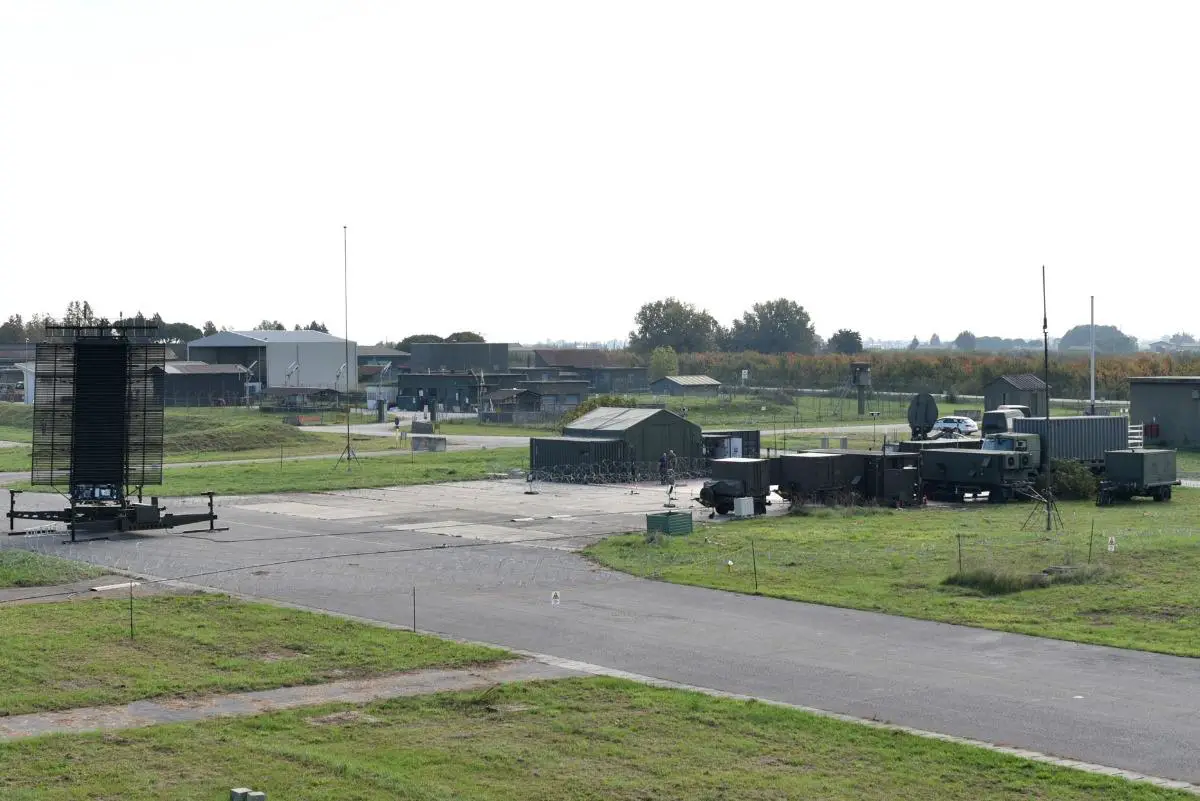From October 31 to November 10, 2022, NATO’s Deployable Air Command and Control Centre (DACCC) at Poggio Renatico, Italy, is conducting Exercise Poggio Dart 2022 (PODA 22). PODA 22 is a tactical level exercise designed to enhance the operational capabilities of the DACCC. The deployable NATO surveillance unit plans and conducts multinational air operations, controlling simulated and live-flying activities from remote and home locations. During the first week, the exercise was conducted as a Computer Assisted Exercise, using networked computer systems to simulate complex scenarios and to generate the output from the participants. During the second week, ongoing, the training takes place as live-fly exercise with aircraft from four Allies. The direct control of these aircraft will allow crews and DACCC fighter controllers to enhance their training and increase the level of expertise, leveraging NATO’s concept to Defend and Deter.
“Scheduled already in 2021, PODA 22 was designed to further test the DACCC’s expeditionary capacity. This is particularly true since the DACCC has received, meanwhile, some new capabilities such as the active sensor being employed in the context of PODA 22. Additional capabilities such as passive sensors are being fielded; moreover, the new task to develop an Air Support Operations Centre capability for NATO is a further opportunity for us to reaffirm our role at the forefront of NATO’s Air Command and Control structure in terms of equipment, doctrine and training,” said Colonel Guadagno.

“The various components of the DACCC again demonstrate their capabilities in the fields of deployability, operational planning and tactical execution. We underscored our operational role within the Alliance, firmly linking our mobile radar to the NATO Integrated Air and Missile Defence System. This contributes to enhancing the Air Defence coverage along the eastern flank, which is more important than ever these days,” said Colonel Guadagno.
“PODA 22 sees for the first time the use of NATO’s Air Command and Control System from the operational planning phase to the tactical execution,” said Colonel Luca Guadagno, Director of the DACCC’s Training and Exercise Branch.
NATO Allies Greece, Italy, Türkiye and the United States of America are contributing with about 30 multirole aircraft including F-16, Eurofighter, Tornado and fifth-generation F-35 along with support aircraft. These assets, coupled with the deployment of the DACCC’s mobile radar at Cervia Air Base, Italy, represent a valuable test and training opportunity for NATO personnel at the DACCC and Allied aircrews. The DACCC is the sole NATO Entity within the Air Command and Control structure that provides the Alliance with an expeditionary capability through its two components. The Deployable Air Operation Centre (DAOC) for the operational planning part and the Deployable Air Control Centre, Recognised Air Picture Production Centre, and Sensor Fusion Post (DARS) for the tactical execution from tactical control of interceptors to airspace management.
















